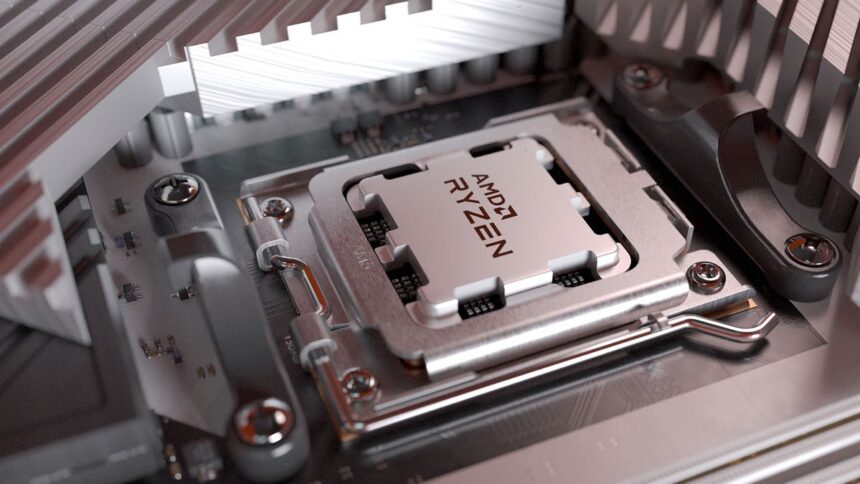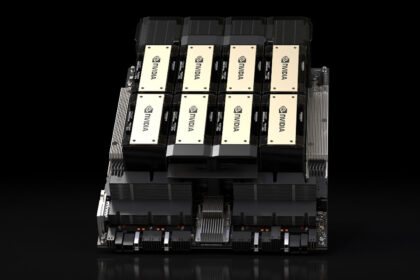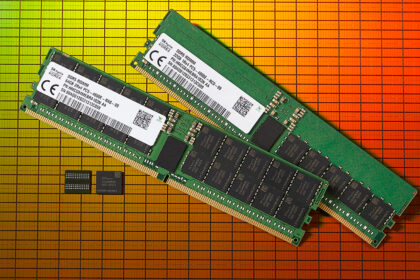One of the biggest strengths of AMD’s upcoming Ryzen 9000 processors is their remarkable energy efficiency — even the Ryzen 9 9900X, a high-performance 12-core chip, runs at just 120W TDP, about 50W lower than its predecessor. But AMD is already setting its sights on the next generation: Zen 6.
Mixed Node Strategy with TSMC
According to reliable leaker Kepler_L2, AMD will continue with a mixed lithography strategy for Zen 6, similar to what it implemented in Zen 5.
- CCDs (Core Complex Dies): Built on TSMC’s 2nm N2P process
- IOD (Input/Output Die): Manufactured using TSMC’s 3nm N3P process
This represents a major leap forward compared to Zen 5, which uses 4nm for CCDs and 6nm for IOD.
- Improved efficiency: Moving to 2nm and 3nm processes should yield significant power savings while maintaining or boosting performance.
- Better scalability: Separating logic between cutting-edge CCDs and more mature IOD nodes keeps costs balanced without sacrificing capability.
- Platform evolution: The IOD upgrade could also mean faster memory controllers, PCIe lanes, and I/O bandwidth, preparing Zen 6 for next-gen GPUs and storage.
Zen 6 Could Bring 24-Core Ryzen CPUs for the First Time
AMD’s upcoming Zen 6 processors are shaping up to be a major leap in both efficiency and performance. Thanks to TSMC’s cutting-edge 2nm process for CCDs and 3nm for the IOD, AMD will not only deliver better power efficiency but also significantly increase core density.
For the first time in the Ryzen lineup, each Zen 6 CCD is expected to feature 12 cores and 24 threads, compared to the 8-core CCDs of Zen 5. This means next-generation Ryzen desktop CPUs could scale up to 24 cores and 48 threads on dual-CCD models, making them the most powerful mainstream Ryzen chips to date.
The L3 cache is also expected to see a substantial bump, reaching up to 48MB per CCD even without 3D V-Cache.
The Zen 6 generation is scheduled to launch in the second half of 2026, directly competing with Intel’s forthcoming New Lake architecture, which is also rumored to bring significant changes at the architectural level.
One of AMD’s biggest advantages, however, may be platform stability. Unlike Intel, which will require a new socket for its New Lake CPUs, Zen 6 is expected to maintain compatibility with the existing AM5 platform.
This means users upgrading to Zen 6 could retain their current motherboards, giving AMD a strong edge in cost and convenience as the two companies prepare for their next major showdown.











